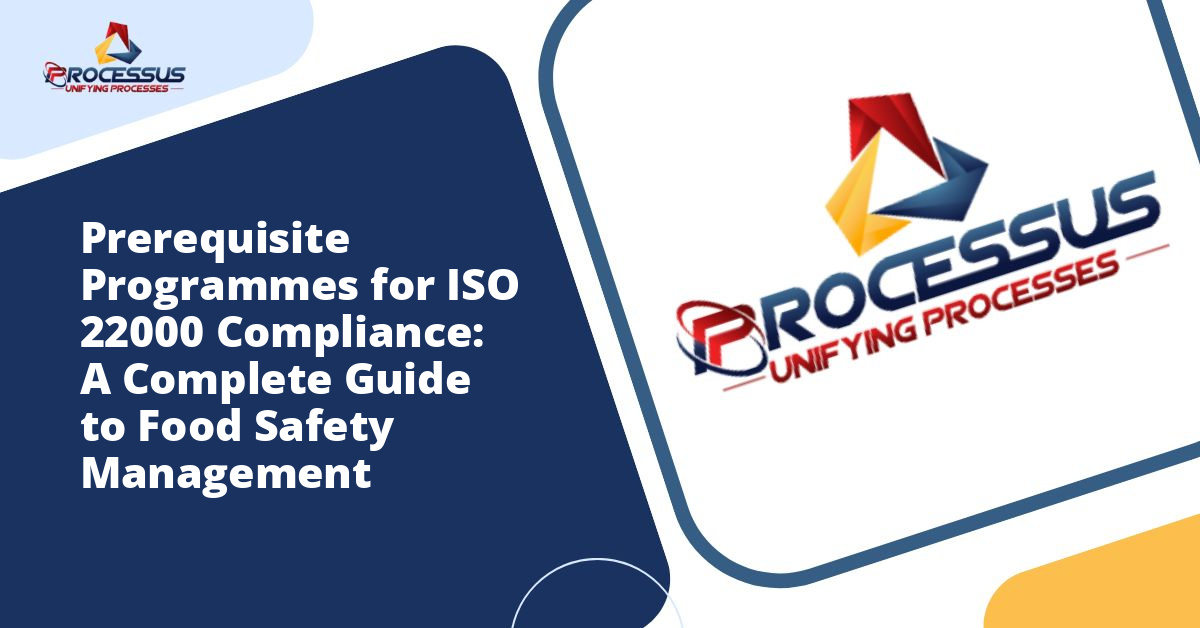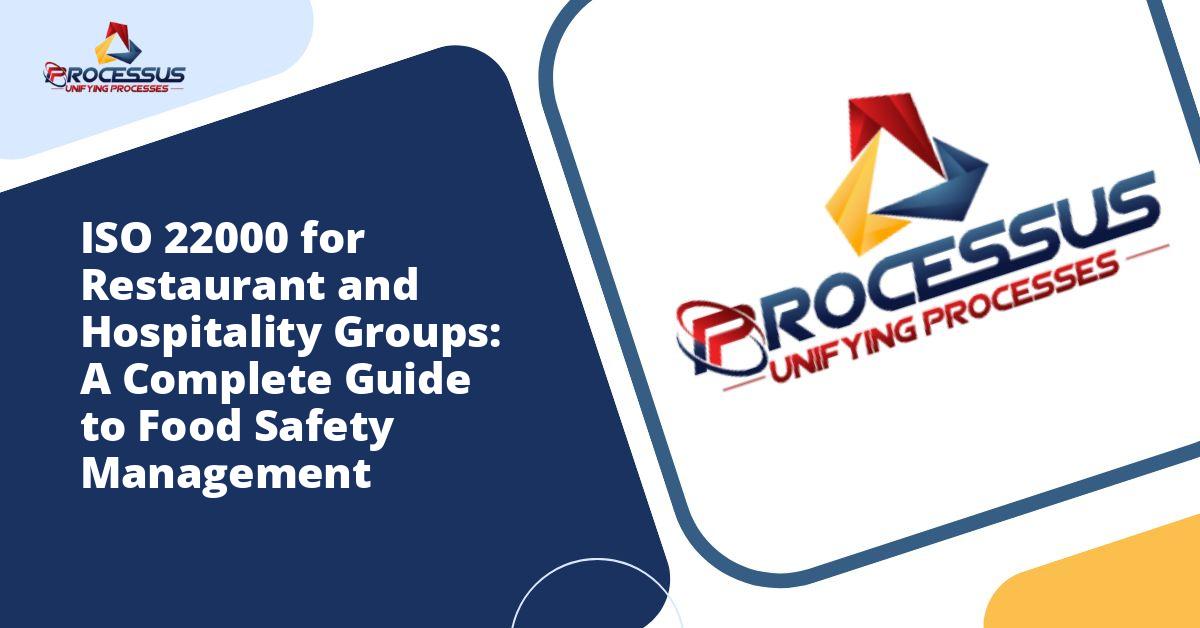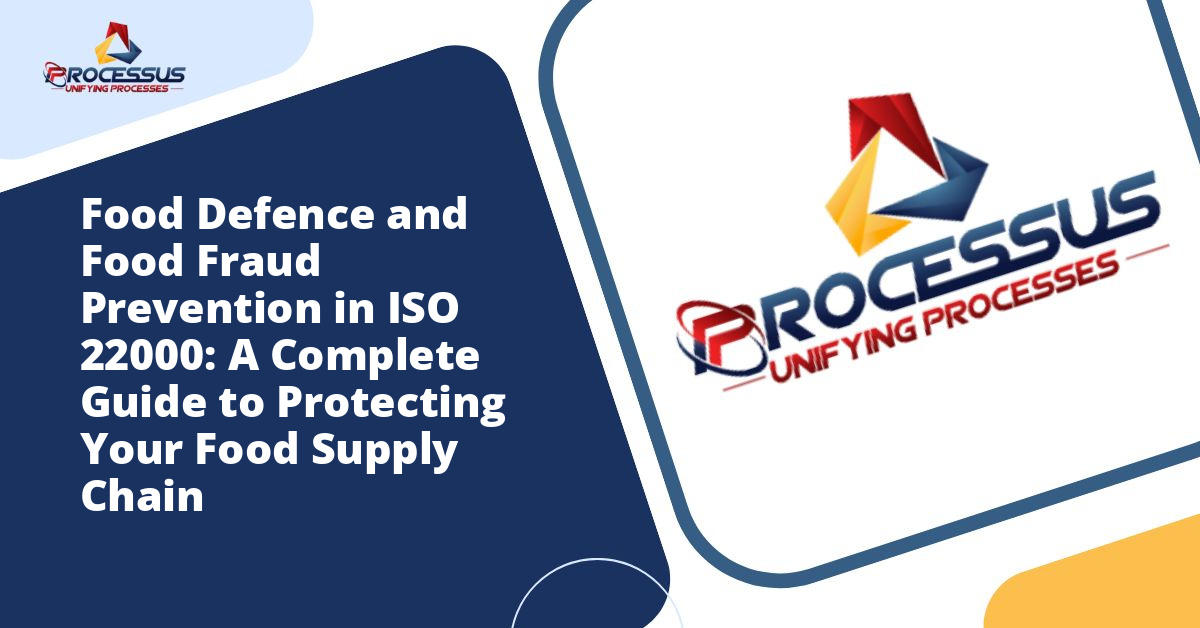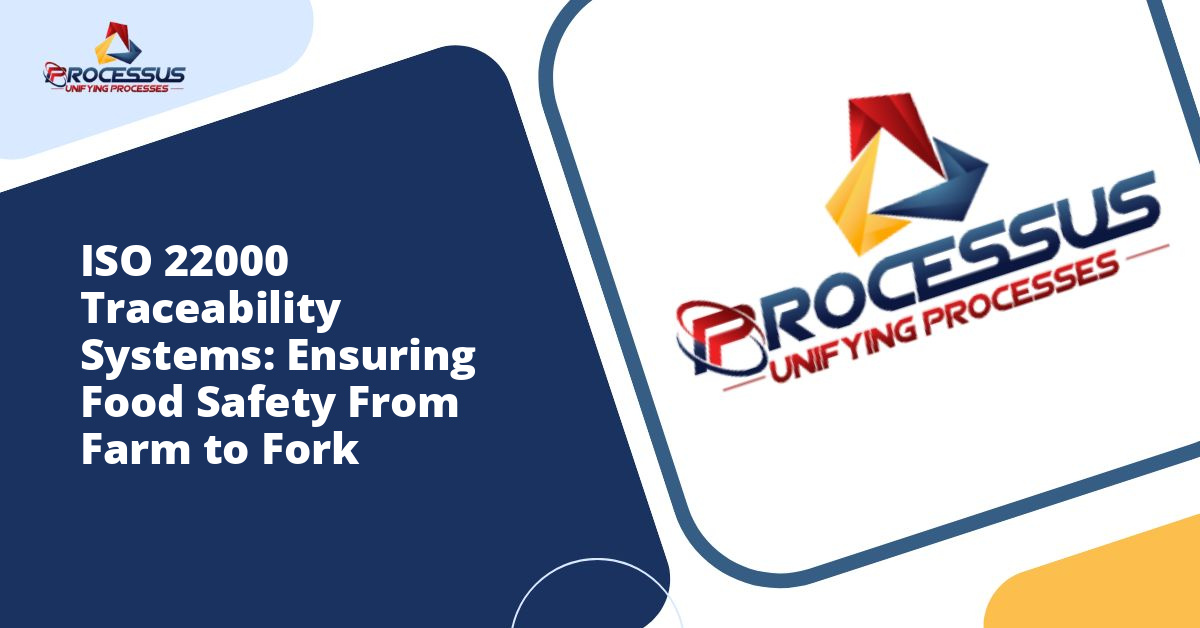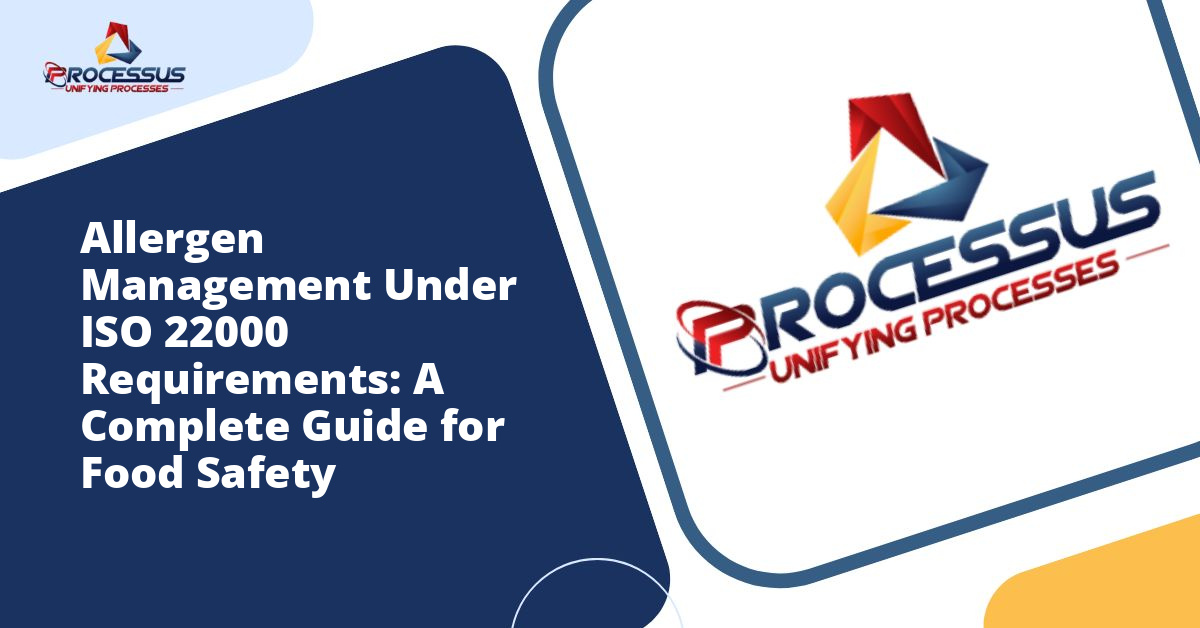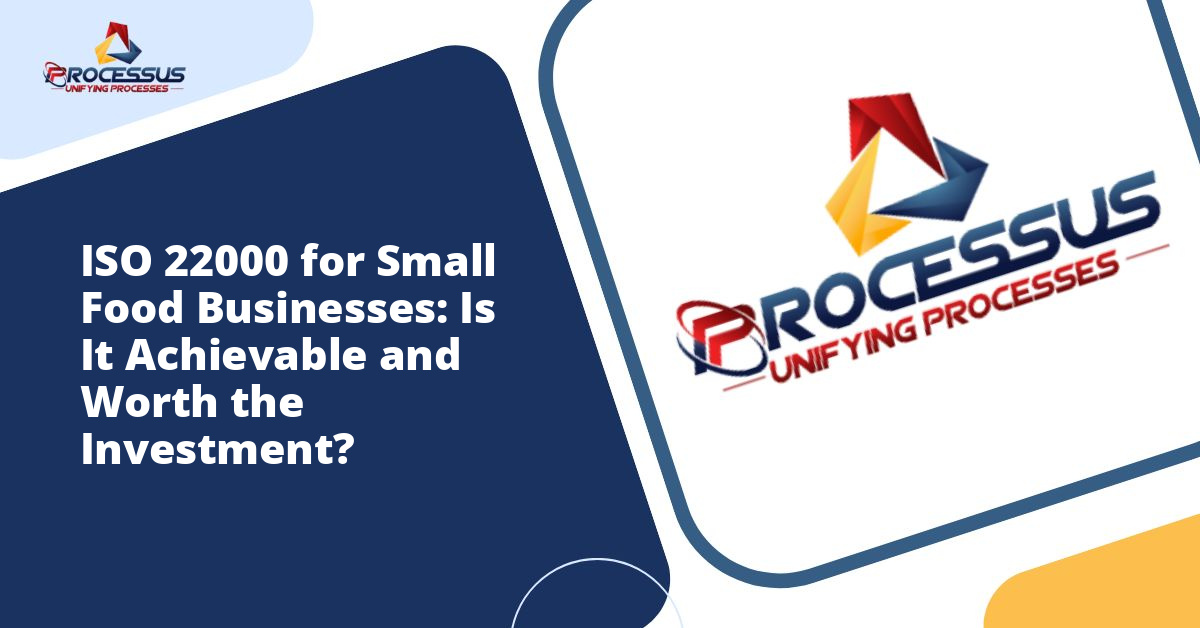In today’s global food industry, ensuring the safety and quality of food products has become more critical than ever. Organizations involved in the food chain, from primary producers to retailers, must demonstrate their commitment to food safety through robust management systems. ISO 22000, the international standard for food safety management systems, provides a comprehensive framework that organizations can implement to guarantee the safety of their products. At the heart of this standard lies the concept of Prerequisite Programmes (PRPs), which form the foundation upon which effective food safety management is built.
Understanding and implementing PRPs is not merely a regulatory checkbox exercise. These programmes represent the fundamental conditions and activities necessary to maintain a hygienic environment throughout the food chain. They create the baseline conditions that enable organizations to prevent, eliminate, or reduce food safety hazards to acceptable levels. This comprehensive guide explores the essential aspects of Prerequisite Programmes, their implementation, and their role in achieving ISO 22000 compliance. You might also enjoy reading about HACCP Principles Within ISO 22000: A Complete Integration Guide for Food Safety Excellence.
Understanding Prerequisite Programmes in Food Safety
Prerequisite Programmes are the basic conditions and activities that are necessary to maintain a hygienic environment throughout the food chain. They provide the foundation for implementing an effective Hazard Analysis and Critical Control Points (HACCP) system and achieving ISO 22000 certification. Think of PRPs as the building blocks that create a safe environment for food production, processing, handling, and distribution. You might also enjoy reading about ISO 22000:2018 Implementation Roadmap for Food Manufacturers: A Complete Guide to Food Safety Excellence.
These programmes address the general working conditions within an establishment that can affect the safety of the products being produced. Unlike Critical Control Points (CCPs) that are specific to particular food safety hazards in a production process, PRPs apply more broadly to the entire facility and operation. They establish the fundamental framework that reduces the likelihood of introducing hazards into the food product through the working environment. You might also enjoy reading about ISO 22000 vs FSSC 22000: Which Food Safety Certification Does Your Business Need?.
The Role of PRPs in ISO 22000
ISO 22000 integrates PRPs as a mandatory requirement for certification. The standard recognizes that without proper prerequisite programmes in place, even the most sophisticated HACCP system would struggle to ensure food safety effectively. PRPs work together with operational prerequisite programmes (OPRPs) and the HACCP plan to form a comprehensive food safety management system.
The relationship between these elements is hierarchical. PRPs establish the baseline conditions, OPRPs control specific hazards that have been identified through hazard analysis but are not critical control points, and CCPs manage the most critical food safety hazards that require stringent monitoring and control.
Essential Elements of Prerequisite Programmes
Implementing effective PRPs requires attention to multiple aspects of food operations. Each element plays a vital role in creating an environment where food safety is maintained throughout all processes. Let us examine the key components that organizations must address when establishing their prerequisite programmes.
Infrastructure and Facility Design
The physical environment where food operations take place forms the first layer of food safety protection. Proper facility design prevents contamination and creates conditions that support hygienic operations. Buildings must be constructed and maintained to prevent pest entry, avoid accumulation of dirt and debris, and facilitate effective cleaning and sanitation.
Layout and workflow design deserve particular attention. The facility should be arranged to prevent cross-contamination between raw and processed products. Air flow patterns, drainage systems, and material flow must be carefully planned to minimize risks. Adequate space must be provided for equipment, storage, and personnel movement. Surfaces that come into contact with food should be smooth, non-absorbent, and easily cleanable.
Water Supply and Quality
Access to potable water in sufficient quantities is fundamental to food safety. Water used in food production, processing, and cleaning must meet applicable quality standards. Organizations must establish systems to ensure water quality through regular testing and monitoring. Separate systems should be in place for potable and non-potable water, with clear identification to prevent misuse.
Water treatment systems, where necessary, must be validated to ensure they consistently deliver water of the required quality. Storage tanks, distribution systems, and connection points all require regular inspection and maintenance to prevent contamination. Documentation of water quality testing results should be maintained as evidence of compliance.
Waste Management and Disposal
Effective waste management prevents contamination of food products and the production environment. Organizations must establish procedures for identifying, collecting, storing, and disposing of waste materials. Different types of waste including solid waste, liquid waste, and hazardous materials require specific handling procedures.
Waste collection points should be clearly designated and located away from food processing areas. Containers must be appropriate for the type of waste, properly labeled, and maintained in sanitary condition. Regular removal schedules prevent accumulation and the associated risks of pest attraction and microbial growth. Disposal methods must comply with environmental regulations and food safety requirements.
Equipment Maintenance and Calibration
Food processing equipment must be designed, installed, and maintained to ensure food safety. Equipment should be constructed from appropriate materials that do not contaminate food products. Design should facilitate effective cleaning and prevent accumulation of food particles, dirt, or microorganisms.
Regular maintenance schedules prevent equipment failure and potential food safety incidents. Preventive maintenance programmes should be documented and implemented consistently. Calibration of monitoring and measuring devices ensures accurate readings that are critical for process control. Records of maintenance activities and calibration results provide evidence of effective equipment management.
Personnel Hygiene and Health
People working in food operations represent both a critical resource and a potential source of contamination. Comprehensive personnel hygiene programmes address health status, personal cleanliness, behavior in production areas, and protective clothing. All personnel, including temporary workers, contractors, and visitors, must follow established hygiene requirements.
Health screening and illness reporting procedures help prevent individuals with infectious diseases from contaminating food products. Hand washing facilities must be adequate in number, strategically located, and properly equipped. Personal protective equipment appropriate to the task and area must be provided and used correctly. Training programmes ensure that all personnel understand and follow hygiene requirements.
Pest Control Programme
Pests pose significant threats to food safety as vectors of pathogens and sources of physical contamination. Effective pest control combines preventive measures with monitoring and control activities. The facility must be designed and maintained to prevent pest entry and eliminate conditions that attract or support pest populations.
Regular monitoring using appropriate methods detects pest activity before infestations develop. Traps, monitoring devices, and inspection records document the effectiveness of the pest control programme. When pest activity is detected, control measures must be implemented promptly using methods that do not compromise food safety. External pest control contractors should be qualified and work according to documented procedures.
Cleaning and Sanitation
Regular and effective cleaning and sanitation are essential to prevent microbial contamination and maintain hygienic conditions. Cleaning and sanitation programmes must specify what is to be cleaned, how cleaning will be performed, the cleaning agents and methods to be used, and the frequency of cleaning activities.
Cleaning procedures should be validated to ensure they achieve the intended results. Different areas and equipment may require different cleaning frequencies and methods based on their use and contamination risk. Chemical cleaning agents must be approved for food industry use, properly stored, and used according to manufacturer instructions. Verification activities such as visual inspection, microbiological testing, or ATP testing confirm the effectiveness of cleaning operations.
Supplier Management and Incoming Materials Control
Food safety begins with the selection and management of suppliers who provide raw materials, ingredients, packaging materials, and services. Organizations must establish criteria for approving suppliers and verify that incoming materials meet specified requirements. Supplier approval processes may include audits, questionnaires, certification reviews, and product testing.
Incoming materials should be inspected upon receipt to verify they meet specifications and have been transported and stored appropriately. Traceability systems enable organizations to track materials from receipt through processing and distribution. When materials fail to meet requirements, clear procedures for handling non-conforming materials prevent their use in food production.
Implementing Prerequisite Programmes
Successful implementation of PRPs requires systematic planning, clear documentation, and sustained commitment from all levels of the organization. The process begins with understanding the specific requirements that apply to your operation and assessing current practices against those requirements.
Gap Analysis and Planning
Conducting a thorough gap analysis identifies areas where current practices fall short of ISO 22000 requirements. This assessment examines all aspects of operations against each element of the prerequisite programmes. The results inform the development of an implementation plan that prioritizes actions based on food safety risk and resource availability.
The implementation plan should define specific objectives, assign responsibilities, establish timelines, and allocate necessary resources. Breaking down the implementation into manageable phases helps maintain momentum and demonstrates progress. Quick wins in areas that are easy to address build confidence and support for more challenging improvements.
Documentation Development
ISO 22000 requires documented information to demonstrate that prerequisite programmes are established and maintained. Documentation typically includes policies, procedures, work instructions, forms, and records. The level of documentation should be appropriate to the size and complexity of the organization and the nature of its operations.
Procedures should clearly describe what needs to be done, who is responsible, when activities should be performed, and how to record results. Work instructions provide detailed step-by-step guidance for specific tasks. Forms and checklists facilitate consistent implementation and record keeping. All documents must be controlled to ensure that current versions are available where needed and obsolete documents are removed from use.
Training and Competence
People cannot implement what they do not understand. Comprehensive training programmes ensure that personnel have the knowledge and skills needed to perform their responsibilities effectively. Training needs should be identified based on job roles and responsibilities. New employees require initial training before beginning work, while ongoing training maintains and enhances competence.
Training methods may include classroom instruction, on-the-job training, demonstrations, and online learning. The effectiveness of training should be evaluated through testing, observation, or performance assessment. Records of training activities demonstrate that personnel have received appropriate instruction.
Monitoring and Verification
Establishing prerequisite programmes is not sufficient. Organizations must monitor their implementation and verify their effectiveness. Monitoring involves regular checks that activities are being performed as specified. This may include inspections, record reviews, and direct observation of practices.
Verification activities confirm that the PRPs are working as intended and achieving the desired results. Verification methods include audits, environmental monitoring, and trend analysis of monitoring data. When monitoring or verification identifies problems, corrective actions must be taken to address the immediate issue and prevent recurrence.
Common Challenges in PRP Implementation
Organizations pursuing ISO 22000 certification often encounter obstacles when implementing prerequisite programmes. Understanding these challenges helps in planning strategies to overcome them.
Resource Constraints
Implementing comprehensive PRPs requires investment in infrastructure improvements, equipment, training, and ongoing maintenance. Smaller organizations may struggle with the financial burden. Prioritizing improvements based on risk and exploring cost-effective solutions can help manage resource constraints. Demonstrating the return on investment through reduced product losses, fewer customer complaints, and improved market access helps justify the expenditure.
Resistance to Change
Long-established practices and attitudes can create resistance to new procedures and requirements. People may view PRPs as additional bureaucracy rather than essential food safety measures. Engaging personnel in the development process, clearly communicating the reasons for changes, and demonstrating management commitment help overcome resistance. Celebrating successes and recognizing individuals who embrace the changes builds positive momentum.
Maintaining Momentum
Initial enthusiasm for implementing PRPs can wane over time, particularly when faced with competing priorities and daily operational pressures. Sustaining the food safety management system requires ongoing attention and reinforcement. Regular management reviews, periodic audits, and continuous improvement activities keep PRPs relevant and effective. Integrating food safety into organizational culture rather than treating it as a separate programme ensures lasting commitment.
Benefits of Effective Prerequisite Programmes
While implementing PRPs requires significant effort and resources, the benefits extend far beyond regulatory compliance. Organizations with robust prerequisite programmes experience multiple advantages that improve their overall business performance.
Enhanced Food Safety
The primary benefit of PRPs is improved food safety outcomes. By establishing fundamental hygienic conditions and controls, organizations reduce the likelihood of contamination incidents that could harm consumers and damage reputation. Fewer food safety problems mean fewer product recalls, reduced liability exposure, and greater consumer confidence.
Operational Efficiency
Well-designed and implemented PRPs contribute to operational efficiency. Proper equipment maintenance reduces breakdowns and production interruptions. Effective cleaning programmes extend equipment life and reduce product losses. Supplier management ensures reliable availability of quality materials. These efficiencies translate into cost savings and improved productivity.
Market Access
ISO 22000 certification and robust PRPs open doors to new markets and customers. Many retailers and food service organizations require suppliers to demonstrate certified food safety management systems. International markets often mandate compliance with recognized food safety standards. Certification differentiates organizations in competitive markets and can command premium pricing.
Regulatory Compliance
Prerequisite programmes align with regulatory requirements in most jurisdictions. Organizations with effective PRPs find it easier to demonstrate compliance during regulatory inspections. The systematic approach and documentation required by ISO 22000 provide evidence that supports regulatory compliance and facilitates interactions with authorities.
Continuous Improvement of PRPs
Prerequisite programmes should not remain static. Continuous improvement ensures that PRPs remain effective as operations change, new risks emerge, and better practices become available. Organizations should establish processes for reviewing and updating their prerequisite programmes regularly.
Sources of improvement opportunities include internal audit findings, management review discussions, changes in regulations or standards, technological advances, and lessons learned from incidents or near misses. When improvements are identified, they should be evaluated, planned, implemented, and verified following a systematic approach.
Benchmarking against industry best practices and learning from other organizations accelerates improvement. Participation in industry associations, attendance at conferences, and engagement with food safety professionals provide valuable insights and ideas.
Conclusion
Prerequisite Programmes form the essential foundation of ISO 22000 compliant food safety management systems. They establish the basic conditions and activities necessary to maintain hygienic environments throughout the food chain. While implementing comprehensive PRPs requires significant commitment, planning, and resources, the benefits in terms of improved food safety, operational efficiency, market access, and regulatory compliance justify the investment.
Success in implementing PRPs depends on understanding the specific requirements, conducting thorough gap analyses, developing appropriate documentation, training personnel effectively, and maintaining ongoing monitoring and verification. Organizations must view PRPs not as a one-time project but as an integral part of their food safety culture requiring continuous attention and improvement.
As consumer awareness of food safety issues grows and regulatory requirements become more stringent, organizations that excel in prerequisite programmes will be better positioned to meet market demands and protect public health. The journey to ISO 22000 compliance through effective PRPs represents an investment in the future sustainability and success of food businesses.

